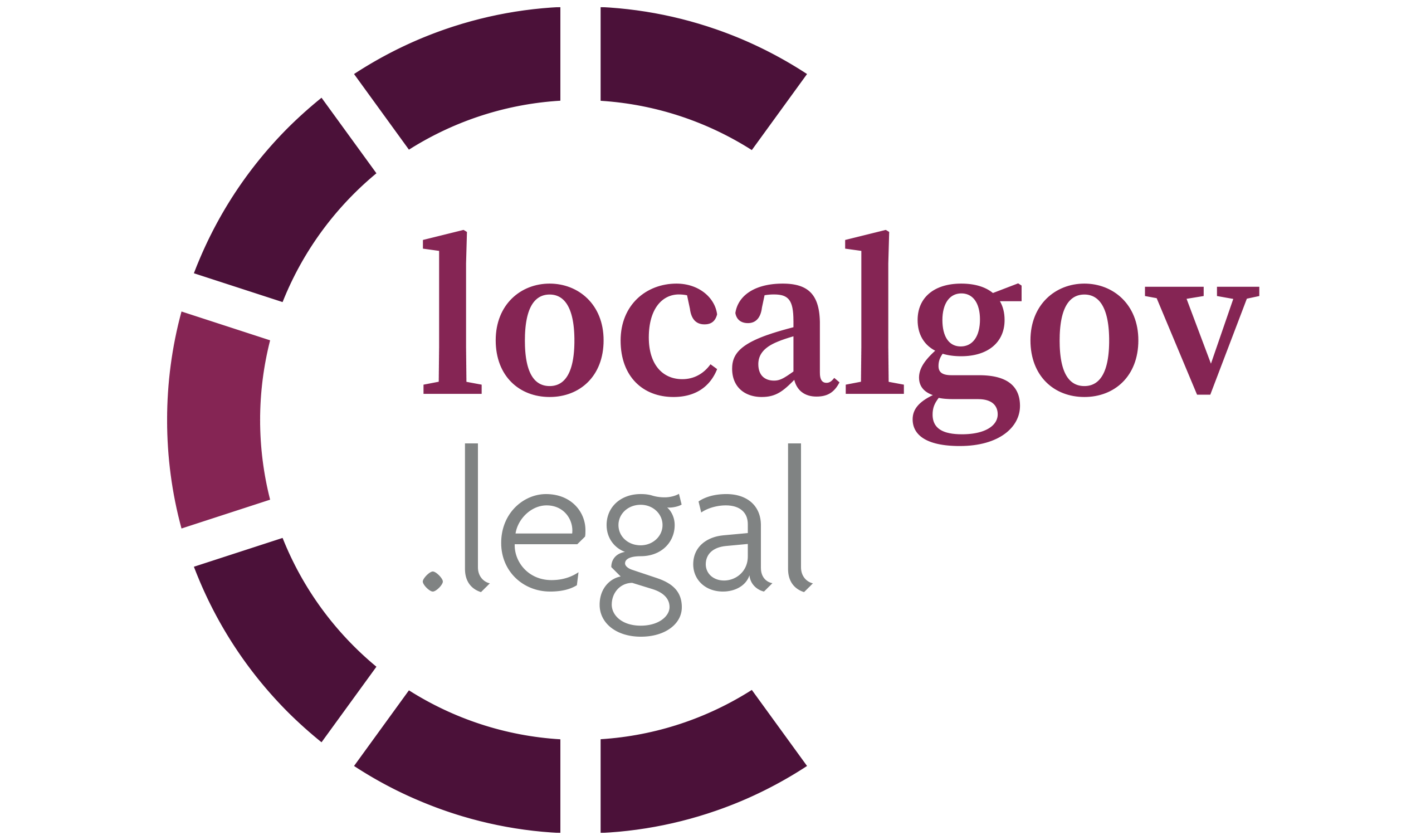As a shortage of affordable accommodation piles pressure on local authority finances, James McHugh, senior consultant at Campbell Tickell, explains an up-to-date housing strategy can help councils assess housing need in their area.
May’s local elections quickly faded into the background with the abrupt announcement of the General Election, but for a few weeks we saw our national media temporarily divert its attention away from events in the Westminster village towards the 107 local authority areas where 2,660 council seats were being contested. Correspondents were dispatched to locations such as Dudley, Harlow, and Northeast Lincolnshire – seeking to uncover what the results might tell us about Labour’s prospects of making inroads in the home counties or the Conservatives’ chances of winning seats within the fabled ‘Red Wall’ constituencies at a (then) forthcoming election.
Bankruptcy declarations on the rise
Among the coverage, little commentary focused on the day-to-day realities of many local authorities (often summarily dismissed as ‘local issues’). Since these seats were last contested in May 2021, six local authorities have served Section 114 notices – twice in the case of one authority – declaring so-called ‘bankruptcy’ due to their inability to meet their spending commitments.
This accounts for around half of the S114s served since the legislation was introduced in the late 1980s. The exact reasons and local circumstances behind each of these are complex, but collectively they tell a story of mounting pressures arising from demand for core services and the difficulties involved in managing finances and seeking new commercial revenues to plug the spending gap. The spate of S114 notices is unlikely to stop, with a recent Local Government Association survey revealing that almost one in five council leaders and chief executives think it is likely they will need to issue a notice this year or next.
Homelessness and temporary accommodation at record high
Housing, or more specifically the lack of affordable housing, is undoubtedly one of the key drivers of local authorities’ financial woes. The numbers of both homeless households and children living in temporary accommodation are the highest ever recorded, with a large part of the bill being picked up by local authorities due to outdated rules which prevent them from reclaiming the full costs through housing benefit. The human costs of this are profound, and some councils have gone on record to declare that such expenditure is simply unsustainable.
Building social
The clear and obvious solution to this is to build more affordable homes – the benefits of which are aptly shown by the ‘Build Social’ campaign – but the development industry remains hampered by inflationary pressures, interest rates, and the impact of Brexit.
Private housebuilders will continue to build at a rate which maximises financial returns, while registered providers are increasingly refocusing their efforts on investing in their existing homes.
Over the past few years, local authorities have impressively stepped up their housebuilding outputs, but this remains some way off the post-war highs and (for now) only makes a small contribution to the 300,000 or so new homes needed annually.
Outdated local plans
Added to this are ongoing uncertainties around planning at both national and local level, with recent estimates suggesting up to 78% of English councils will have an out-of-date local plan by late 2025. There are also equally profound challenges relating to the quality of existing homes, with new and emerging legislation entailing new duties and oversight of councils in relation to the private rented sector, supported housing, and social housing where they manage homes.
Role reflections
Such a complex and challenging environment is compelling many local authorities to deeply reflect on their role in relation to housing, and how best to communicate this to their residents and partners. For many, this can best be achieved through producing or updating their Housing Strategy. This represents an opportunity to assess what their local evidence says of housing needs, to facilitate a multi-agency approach to tackling shared challenges, and most importantly to engage with their residents and partners on their local priorities.
If anything, the outcome of May’s local elections did not forecast the scale of Labour’s majority at the subsequent General Election. It is clear that the incoming Government now faces some daunting challenges, local government finance among them. They may wish to take heed of some of the astute policy proposals suggested this week by our countries’ largest local authority landlords. We at Campbell Tickell look forward to working with the sector to discuss these and other potential solutions.
This article was featured in the latest issue of CT Brief – Issue 72.
Image: Simon Ray
More features:
Are planning use classes evolving permitted development rights?

















Leave a Reply